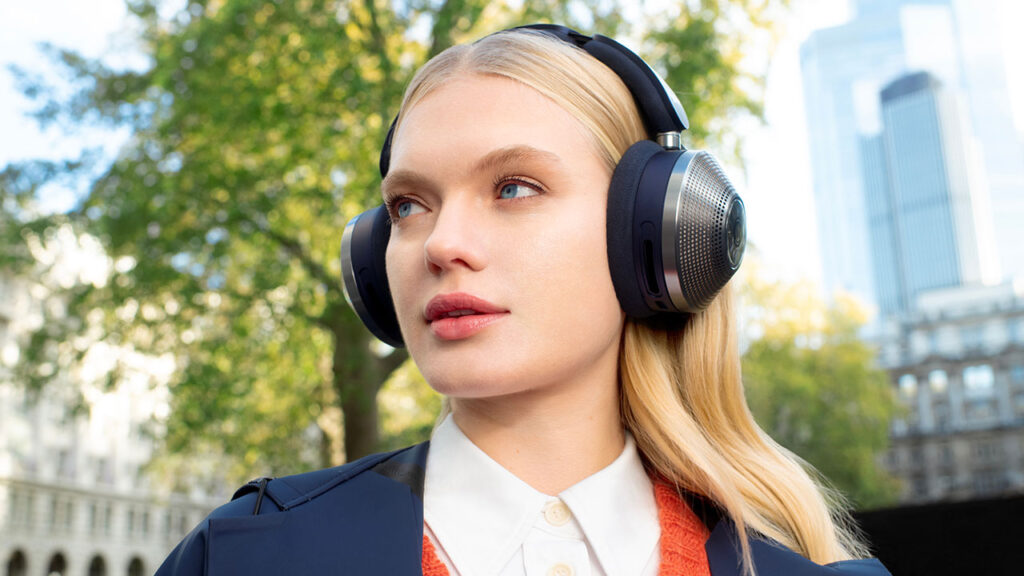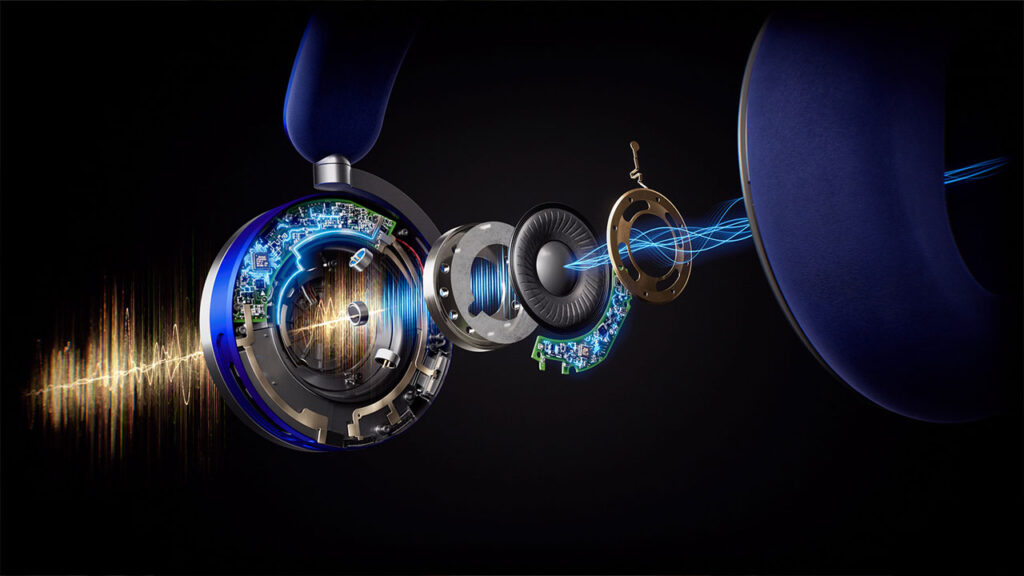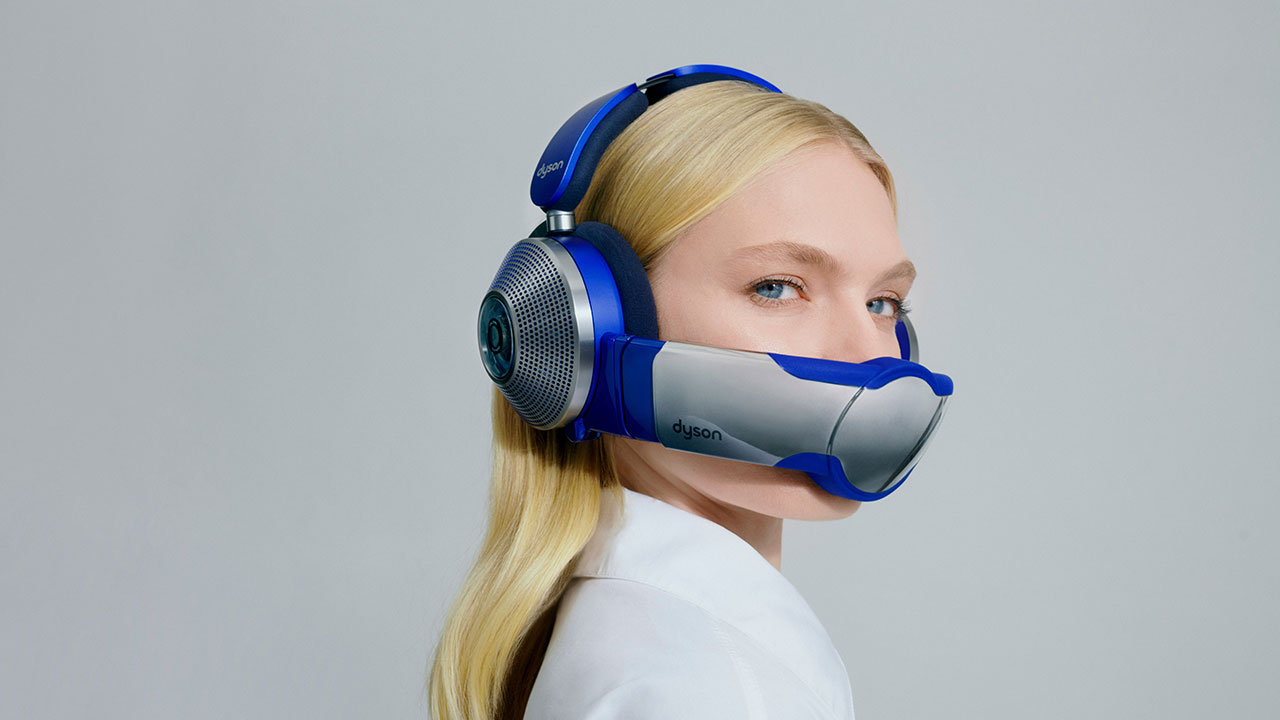The first time we saw Dyson Zone we wondered how such an unusual product was born. In fact, the English company has decided to combine its first audio product with a mask, thus giving life to the first headphones for air purification.
But now Dyson has revealed the mystery: the Zones were created to combat urban pollution, both air and noise.
Fight urban pollution with Dyson Zone
A large part of the world’s population lives in cities. By 2050, 7 out of 10 people will live in large urban centres.
This means that urban infrastructures will also have to grow: transport, construction, traffic… And this means that the environment we live in will become noisier and potentially more polluted.
Any more data?
It is arranged that 90% of New York’s mass transit users are exposed to levels above the recommended decibel limit.
In the European Union, however, noise pollution affects one in 55 people.
And what about the atmosphere? 99% of the world’s population lives in areas that exceed safe levels for pollution set by the World Health Organization (WHO).
From this double problem the Dyson Zones are born.
We confess, we still have some doubts about the effective portability of the product but the British company has really done everything in its power to create a comfortable and useful product, drawing on its thirty years of experience in the study of air. Thus we have compressors, positioned in each auricle, which spin up to 9,750 rpm and which suck in the outside air which is then purified by double-layer filters. The result is two streams of clean air that is projected towards the nose and mouth, through the visor, which is indeed removable. The filters, which are both electrostatic and with K-Carbon activated carbon, capture 99% of particles down to 0.1 microns and acid gases such as NO2 and SO2; furthermore they are positioned in such a way as to be easily accessible and replaceable. Don’t panic: the replacement doesn’t have to be done every day but about once a year.
Dyson’s first audio product

The Zones are Dyson’s first audio product and are born from what is one of the founding pillars of the company: research.
This means that Mr. James Dyson’s company hasn’t asked for help from an already recognized company in the sector and they have not even entrusted their money to a golden listener, ie a trained individual who determines when the sound is of good quality.
What did they do then? They set goals and did extensive experimentation with users.
Of course, to judge the actual result we will have to wait for the eventual arrival of the product but we can anticipate the key characteristics of the Zones.
Let’s start from 40mm 16 ohm neodymium driver, with the output equalized by intelligent signal processing 48,000 times per second which, together with noise cancellation, neutralizes harmonic distortion to imperceptible levels across the entire frequency range. The reproduced spectrum goes 6Hz to 21kHzwith a setting created by Dyson engineers that optimizes the frequency curve for clear, pure sound across the entire audible frequency range.

Added to this is the active noise cancellation, with 8 of the 11 microphones monitoring surrounding noise 384,000 times per second, delivering up to 38dB reduction.
Great attention was also paid to comfort and, of course, to autonomy, with the English company that promises 50 hours of autonomy in audio mode or 4 hours of autonomy in combined purification + audio mode. Once downloaded, then recharge them with the classic Type-C.
What if I take off the headphones? Don’t worry, both the audio and the purification are interrupted. Among other things, the purification is regulated using the accelerometer and stopped when the visor is lowered.
The MyDyson app to support

Accompanying the Dyson Zones is the app MyDyson. What is it for? First of all an integrated sensor monitors nitrogen dioxide (NO2) levels and ambient noiseso you can receive real-time application data.
MyDyson also allows you to adjust the speed of the air flowper handle noise cancellation and to adjust the audio equalization by choosing one of three modes:
- Dyson EQ (improved);
- Bass Boost (bassy);
- Neutral (flatter response curve).
You can also limit the volume by following hearing health guidelines.
Dyson Zone: but how much do they cost?
Bad news: for now there is no price.
We only know that they will arrive in a few select markets in 2023with different timescales for different countries.















Leave a Reply
View Comments